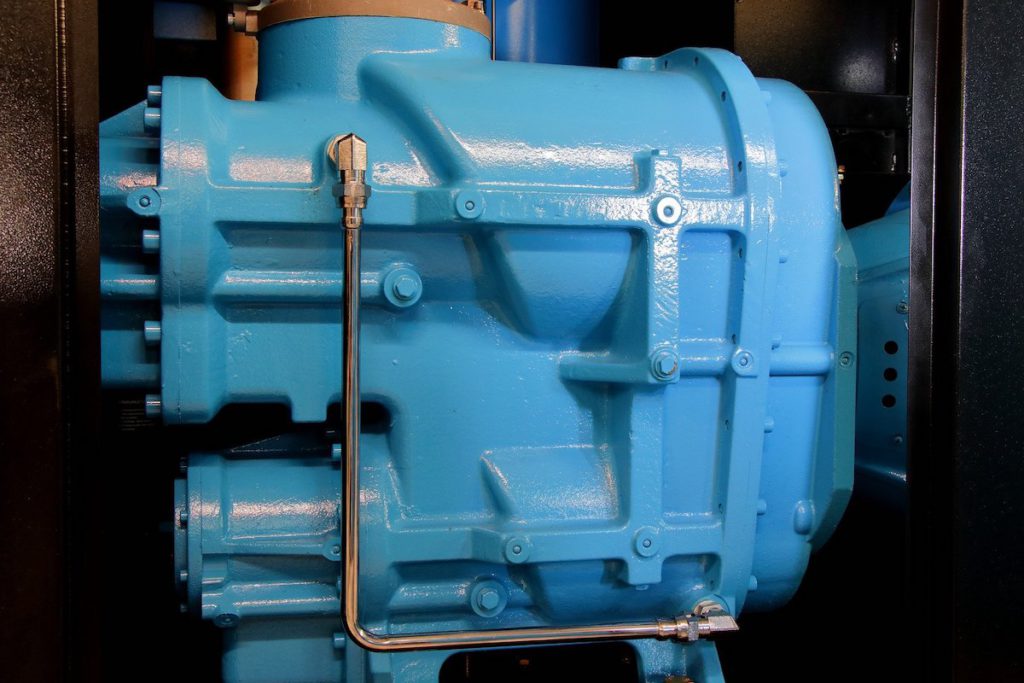An air compressor is a gadget that transforms power stored in compressed air into potential energy. This is done by using an electric motor, diesel engine or a gasoline engine. An industrial air compressor drives a lot of air into the storage tank, which helps increase the pressure. The air compressor shuts off when the pressure in the tank reaches its higher limit. Next, the compressed air is stored in the tank until taken out to be used. The energy stored in an air compressor can be used for different types of purposes, taking advantage of the kinetic energy of the air, which is pumped into the tank depressurises. The air compressor turns on once more and pressurises the tank when the pressure in the tank reaches its bottommost limit. Air compressors can also be classified into a low-pressure air compressor, medium-pressure air compressors and high-pressure air compressors.
Compressed air has a large range of uses in the medical industry:
1. The Operating Room – This is a place where compressed gas is most important. The pressurised air is used to regulate breathing and maintain comfort. It is critical during operation and use of handheld medical gadgets and tools.
2. The Air Filtration Duct System – The air filtration system in a hospital has a necessity of cleanest and driest air possible for the health of patients, staff members and visitors to the hospital as contamination of the air is possible. Clean and sanitised air is required for everybody in the hospital premises.
3. The Maintenance Department – Compressed air is the best to clean dusty places. It is also used to repair, replace and prolong use of hospital appliances. Air-driven hand tools like nail guns, impact hammers use pressurised air for usage and maintenance.
It can be repaired in the following ways:
1. Adjusting Air Flow – Remove the plastic cover off the compressor by detaching the screws. The upper screw switches off the compressor, while the bottom screw switches it on. Pressure should be adjusted with the upper screw. Tighten or loosen the screw to increase or decrease the pressure. Finally, replace the cover and screws once you get the accurate pressure.
2. Restoring Power – Ensure the compressor is fully plugged in and turn the switch on. Press the reset button if the compressor did not turn on. You need to turn on a black or red button to reset. Also, the cord needs to be in good condition, and all plugs need to be fully plugged in to restore power. Plug another device to check if there is any problem with the outlet. If all these attempts prove to be unsuccessful, take the compressor to a professional technician.
3. Repairing Leaks – First, unplug everything. Spray a solution of soapy water around the fittings; if bubbles are formed, then there is a leak. Release all the pressure by turning off the compressor. Remove the fittings and use Teflon tape on the threads of damaged ones. Turn on the compressor, letting it charge after positioning the fittings and tightening them. Repeat the soapy water test to check for more bubbles. If bubbles are formed, follow the same procedure using more Teflon tape.
Due to the increasing demand for medical equipment globally, the need for air compressors is also increasing. Hence repairs to air compressors are urgently needed in the medical fraternity.





